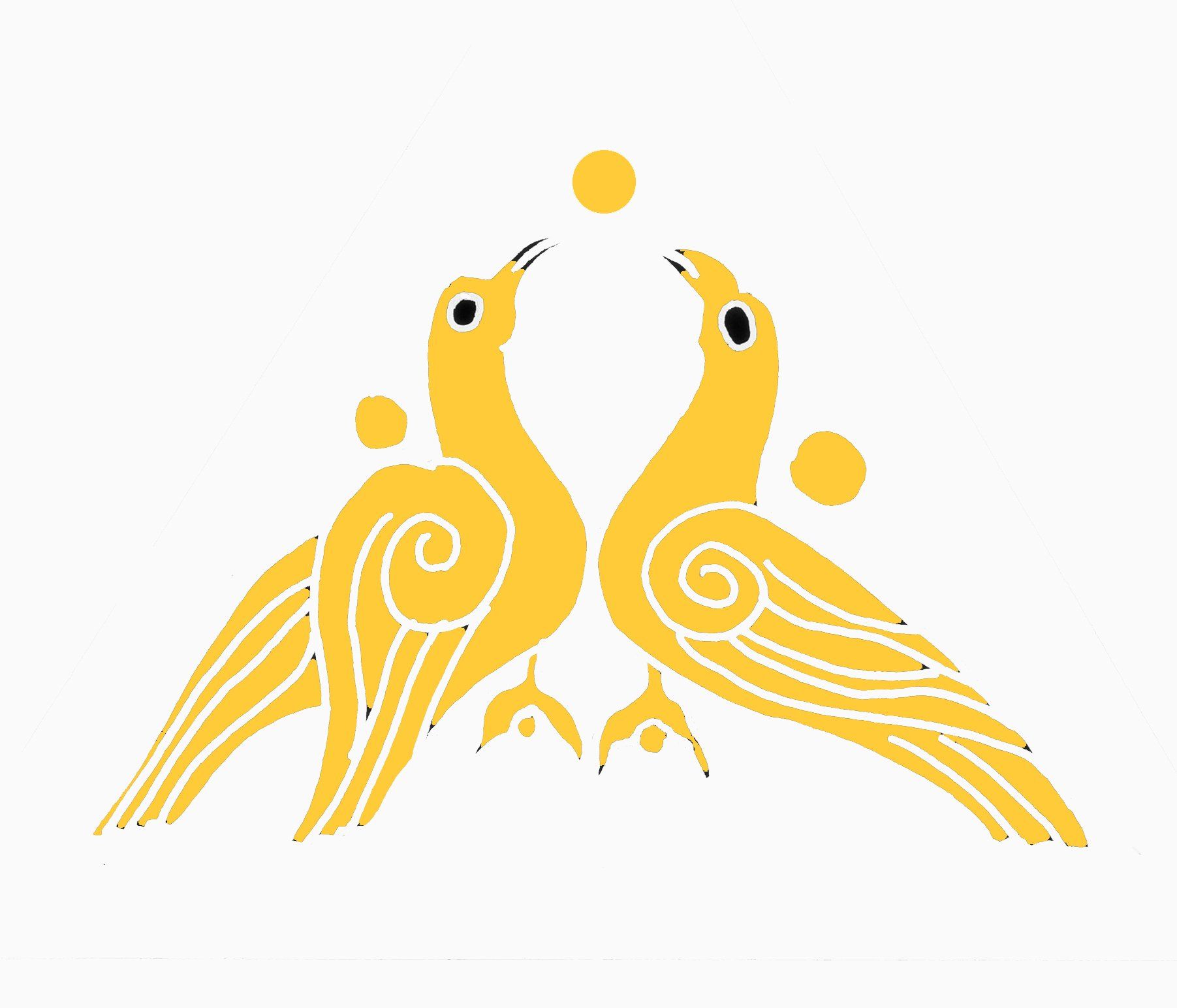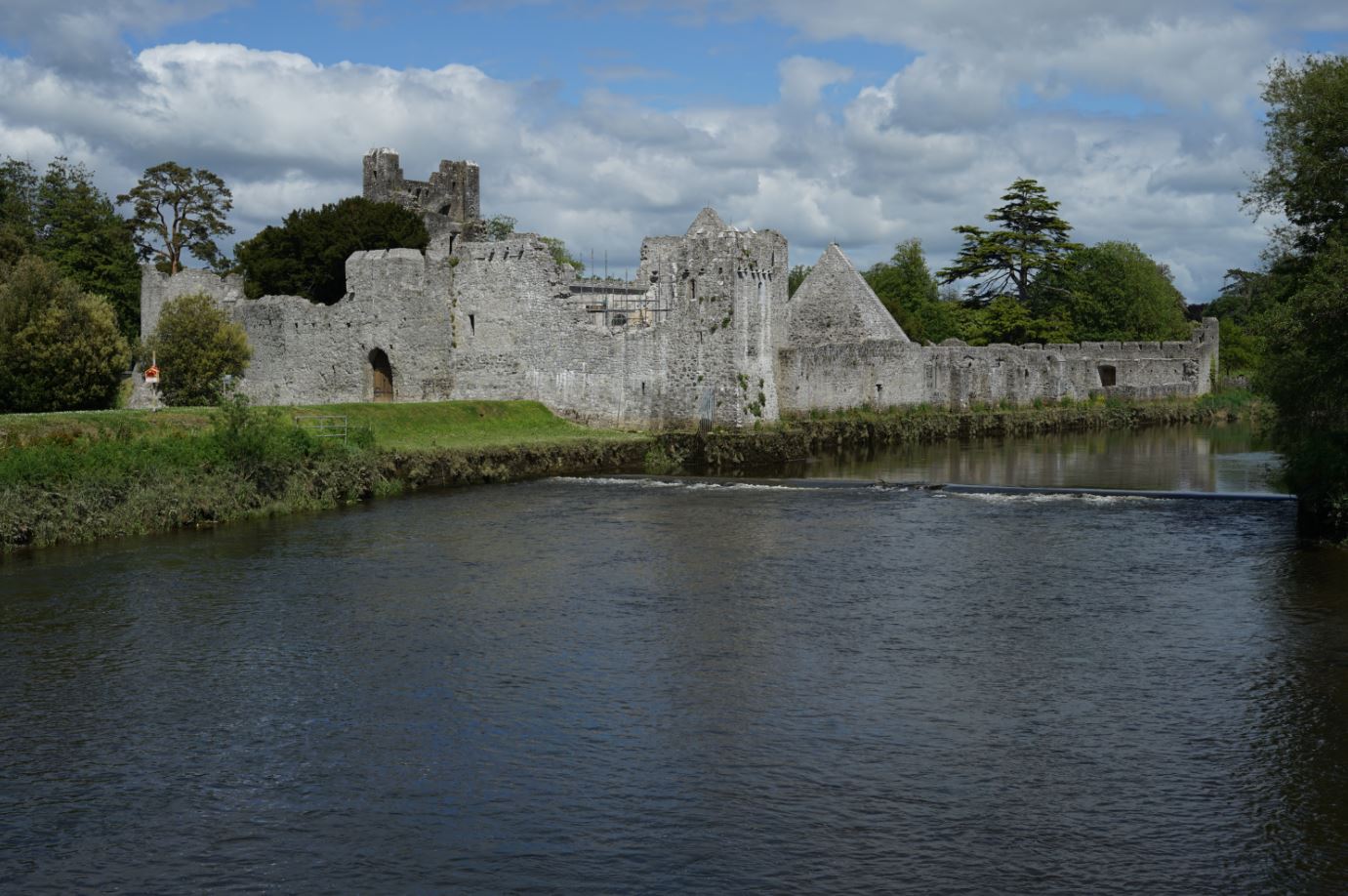1468 - execution of the earl of Desmond
When Henry VI succeeded his father as king of England in 1422, he was only 9 months old. In May 1423, the regency council that governed during the king’s infancy appointed Sir Edmund Mortimer as the young king’s lieutenant in Ireland. He arrived in the autumn of 1424, but by the following January he died of the plague at Trim Castle. Without any heir himself, the Mortimer line came to an end. However, his Irish and Welsh estates and titles were inherited by the son of his sister Anne Mortimer (great-granddaughter of Lionel of Antwerp). This was Richard, 3rd Duke of York, born in 1411, who had inherited this title following the death of his paternal uncle at the infamous Battle of Agincourt in France in October 1415. With the death of Mortimer, he now inherited the earldom of Ulster as well as the lordship of Trim. In December 1447, Richard duke of York, was appointed the king’s lieutenant in Ireland. He arrived at Howth in July 1449. Later that year his son George, the future duke of Clarence, was born in Dublin castle. For much of his time here, Richard duke of York resided at Trim Castle. As well as the leading Anglo-Irish families, many of the leading Gaelic chiefs met him and professed loyalty to the king of England. A little over a year after he had arrived in Ireland, the Duke of York was back in England and all seemed quiet in Ireland. For the time being, few could have predicted the impact of Richard, Duke of York’s short-lived residence in Ireland.
However, events were taking place in England that, not for the first time, would soon have effects in Ireland. Richard, Duke of York, was descended from Edward III on both his parent’s sides. Indeed, he had been presumptive heir to King Henry VI, that is until the birth of Henry’s son Edward in October 1453. Richard suddenly saw his opportunity to inherit the throne disappear, but his fortune changed when the king became incapacitated by a nervous breakdown. In March 1454, York became Lord Protector of the Realm. However, by early the following year, the king had recovered and dismissed York. This prompted the beginning of a civil war in England that would become known as the War of the Roses. This was a long and bitter civil war, as well as a complex one that would spill across to Ireland. Initially, the Duke of York seemed to have gained the upper hand, and he dominated the government of England for several years. However, when he was defeated in the Battle of Ludford Bridge in October 1459, he sought refuge in Ireland, while his son Edward fled to France. York was still technically the king’s Lieutenant in Ireland, and the crown was reluctant to follow him here to have him removed. He quickly set about securing his position in Ireland, where he found considerable support, not least among members of the Irish parliament. Indeed, at one meeting of parliament in Dublin in 1460 it was enacted that no one in Ireland should be compelled to answer outside Ireland to any accusation of treason, and that any such accusation should only be determined in Ireland. In this way, York gave himself and his supporters in Ireland legal protection, at least, as long as he was on Irish soil.
In the spring of 1460, his son Edward sailed from Calais to Waterford to confer with him on a proposed invasion of England. In June, Edward landed in Kent, while his father sailed to Chester with a force of archers raised in Ireland. Richard arrived in London in October and proclaimed himself king, but the English parliament refused to recognise his claim. Instead, an interesting compromise was reached whereby Henry VI was allowed to retain the crown for life, and would be succeeded by the duke of York, who was proclaimed heir-apparent. However, he did not live long enough to take the English throne as he was killed at the end of December. Despite this, in March 1461, York’s son, Edward, was inaugurated king Edward IV of England.
While most of the Anglo-Irish, whatever about the Gaelic Irish, were pro-York, John Butler, 6th earl of Ormond, stood out as one of the few in Ireland that supported the Lancastrians (his older brother James had been beheaded in May 1461 for his support of the Lancastrians). He was in England at this time and risked losing all his Irish lands. Initially he fled to Scotland, but in January 1462, in an act of desperation, he took an army to Ireland, first taking the city of Waterford. However, a few months later he was defeated by Thomas fitzGerald, 7th earl of Desmond, at the battle of Piltown in south Kilkenny, close to the Butler stronghold at Carrick-on-Suir. During the battle, the earl of Ormond’s cousin, Edmund Mac Richard Butler (head of the Polestown Butlers), was captured. As a ransom to secure his release, Edmund handed over a book known as the Saltair
to the earl of Desmond. This book survives to this today, and comprises a collection of old Irish texts, including a transcription of a lost book known as the Psalter of Cashel, which reputedly dated back to the time of Brian Boru. This interest in the Irish language, and ancient Irish culture, was certainly at odds with the spirit of the Statutes of Kilkenny. So too was the fact that Edmund Mac Richard Butler had been fostered as a young boy with the Gaelic archbishop of Cashel, Richard O’Hedigan. It was here at the Rock of Cashel that the Saltair
treasured by the Butlers had originally been compiled.
With the house of York now sitting on the English throne, the pro-Lancastrian house of Ormond saw their position in Ireland disintegrate, and it would take nearly a century for the family to regain their standing. John Butler went into exile in Portugal and France, and is believed to have died on pilgrimage to the Holy Land in 1477.
In 1462, the same year as the Battle of Piltown, the newly crowned king Edward IV appointed his brother George, the duke of Clarence, as his lord lieutenant of Ireland. In fact, George had been born in Dublin Castle in 1449 while their father Richard had similarly served as lieutenant in Ireland. George held office for only a year, and in April 1463 he was replaced by Thomas fitzGerald, 7th earl of Desmond. For the next five years, the earl of Desmond was the most powerful man in Ireland. As a loyal supporter of the Yorkist claim to the English throne, he traveled to England in 1464 to meet king Edward IV. In November that year, Desmond was present at the dedication of the Franciscan church at Adare, Co. Limerick, recently founded by his sister Joan and her husband, another Thomas fitzGerald, the 7th earl of Kildare. The two fitzGerald (or Geraldine) houses of Desmond and Kildare had now come closer than ever before, and looked set to establish a formidable alliance.
However, in 1467, the earl of Desmond was replaced as lord lieutenant by Sir John Tiptoft, earl of Worcester. Ten years previously, Tiptoft had spent a year as lord lieutenant of Ireland, before departing on a pilgrimage to the Holy Land. He had returned to England in 1461 and as Lord High Constable oversaw the executions of many Lancastrian supporters. As a pro-Yorkist, the earl of Demond seemed a natural ally in Ireland for the newly appointed lord lieutenant. In February 1468, the earl of Desmond met Tiptoft at Naas, and together they traveled to Drogheda. Here a Parliament convened on 4th February at the Dominican Friary. Tiptoft arrested both the earl of Desmond and the earl of Kildare and accused both men of treason, felony and alliance with the Irish enemies of the king. Desmond was imprisoned for a few days after which he was beheaded on 15th February. Desmond’s brother Garret raised a massive army to avenge his death, and amid the confusion the earl of Kildare escaped. The circumstances surrounding the arrest and execution of the earl of Desmond are ambiguous. However, what is clear is that his sudden fall from grace left another power vacuum in the Irish colony, and with the earl of Ormond, in exile since the Battle of Piltown, there was really only one man who would fill that space. Within two years of Desmond’s execution, and having narrowly escaped a similar fate, the earl of Kildare was appointed Chief Governor of Ireland. Over the next sixty years, the balance of power throughout Ireland shifted towards the earls of Kildare.


